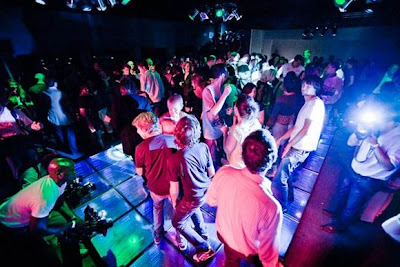 Apart from the common green energies such as solar and wind energy, research suggests that human powered technology can be used to produce energy. Human movements can produce mechanical energy which can then be converted into electrical energy. This process is called energy harvesting.
Apart from the common green energies such as solar and wind energy, research suggests that human powered technology can be used to produce energy. Human movements can produce mechanical energy which can then be converted into electrical energy. This process is called energy harvesting.
However the efficiency of technologies powered by human power is dependent on the type of technology that is used. Let us take the example of human powered gym in Oregon. Here the stationary bikes which humans use for exercising convert the mechanical energy of the rider into electrical energy. This energy is then used to power the electrical devices in the gym such as televisions and DVD players. But as of now the amount of energy created is not enough to power the entire gym.
There is a dance club in Netherlands by the name of Club Watt. Here the floor is made of special material which can harvest the energy produced by the people’s movements. The floor at this time is just 30% efficient but this is going to pave way for better applications in the future which will be able to convert at least 70% to 90% of the mechanical energy into electrical energy. There are many green energy companies around the world who are investing millions of dollars on this new aspect of producing green and clean energy.
For example, transportation companies are now looking at the aspect of installing the special floors in the buses and trains where there is movement of people. At this time the green floors are able to produce just 1 kilowatt of power per day. However this is enough to power a cell phone as of today.
Mechanical energy technology is also used in the medical field. For example, engineers from Princeton University have created a special chip to be implanted in the body and this device can supply power to the pacemaker without any energy needed from outside. The chip works by converting the natural pressure of the lungs into electrical energy that can supply power to the pacemaker. The pacemaker chip has a better efficiency rate than the floors of gyms and nightclubs. The efficiency rate in this case touches around 80%. The chip is made from special materials which will not be rejected by the body’s immune system.
Hence we see that technology powered by human movements holds a great promise in the future for sustaining the environment.

